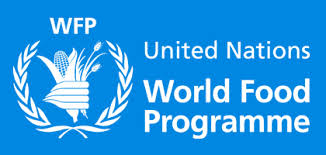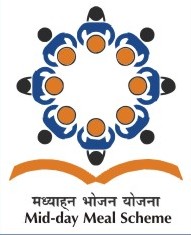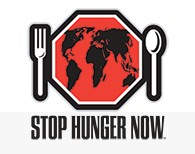Hunger Programmes

- World Food Programme
- The World Food Programme is the food assistance branch of the United Nations and the world's largest humanitarian organization addressing hunger and promoting food security. On average, the WFP provides food to 90 million people per year, of whom 58 million are children. From its headquarters in Rome and more than 80 country offices around the world, the WFP works to help people who are unable to produce or obtain enough food for themselves and their families. It is a member of the United Nations Development Group and part of its Executive Committee.

- Midday Meal Scheme
- The Mid Day Meal Scheme is a multi-faceted programme of the Government of India that, among other things, seeks to address issues of food security, lack of nutrition and access to education on a pan nation scale. It involves provision for free lunch on working days for children in Primary and Upper Primary Classes in Government, Government Aided, Local Body, Education Guarantee Scheme (EGS) and Alternate Innovative Education (AIE) Centres, Madarsa and Maqtabs supported under Sarva Shiksha Abhiyan and National Child Labour Project (NCLP) Schools run by Ministry of Labour. The primary objective of the scheme is to provide hot cooked meal to children of primary and upper primary classes.

- STOP HUNGER NOW
- Established in the USA in 1998 by Dr Ray Buchanan, Stop Hunger Now is an international organisation that coordinates the distribution of food and other life-saving aid worldwide. Stop Hunger Now Southern Africa (SHN SA) is a volunteer based meal packaging and results oriented nutrition programme, which was started in South Africa in 2009. There are currently two full-time operations (Johannesburg and Cape Town).